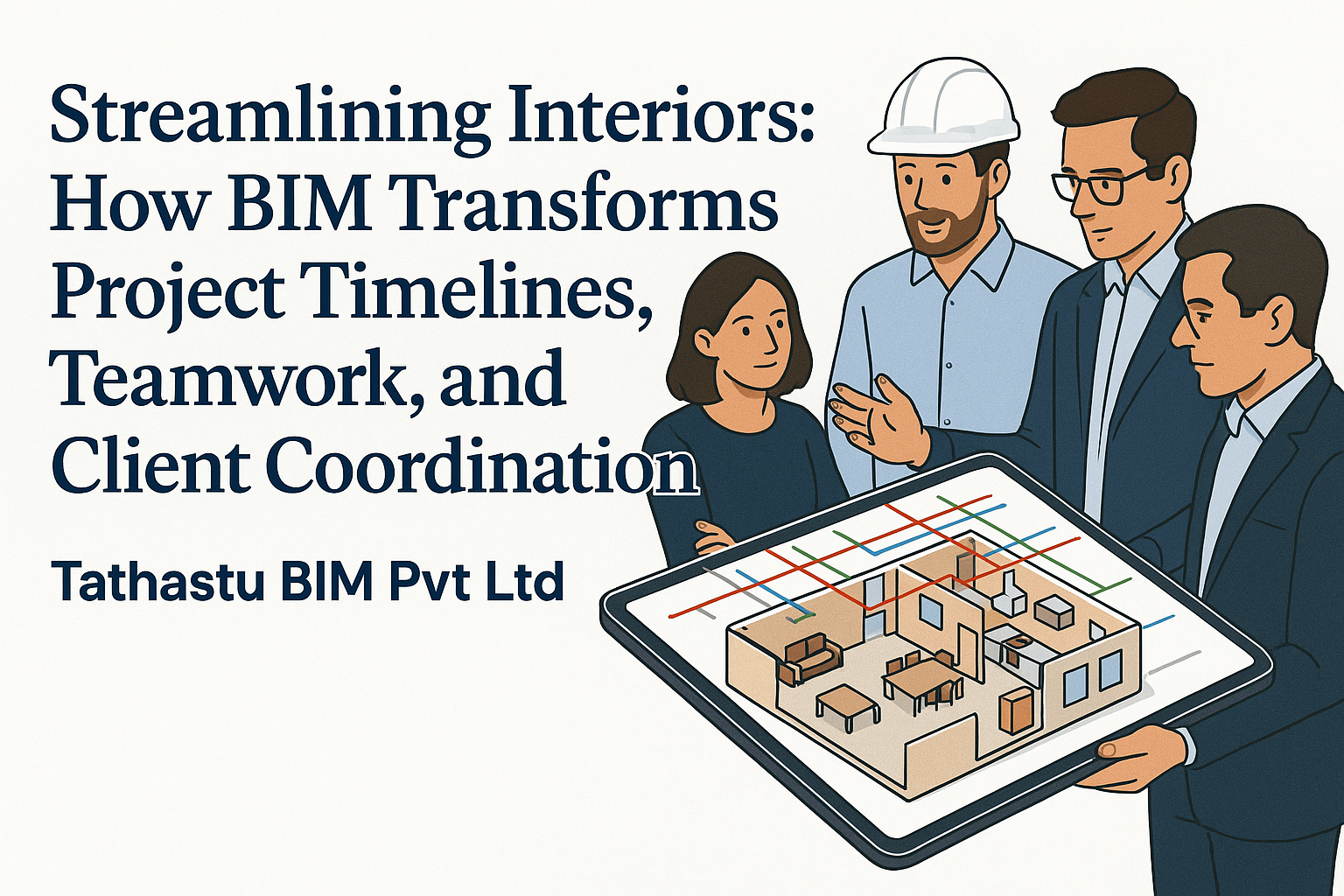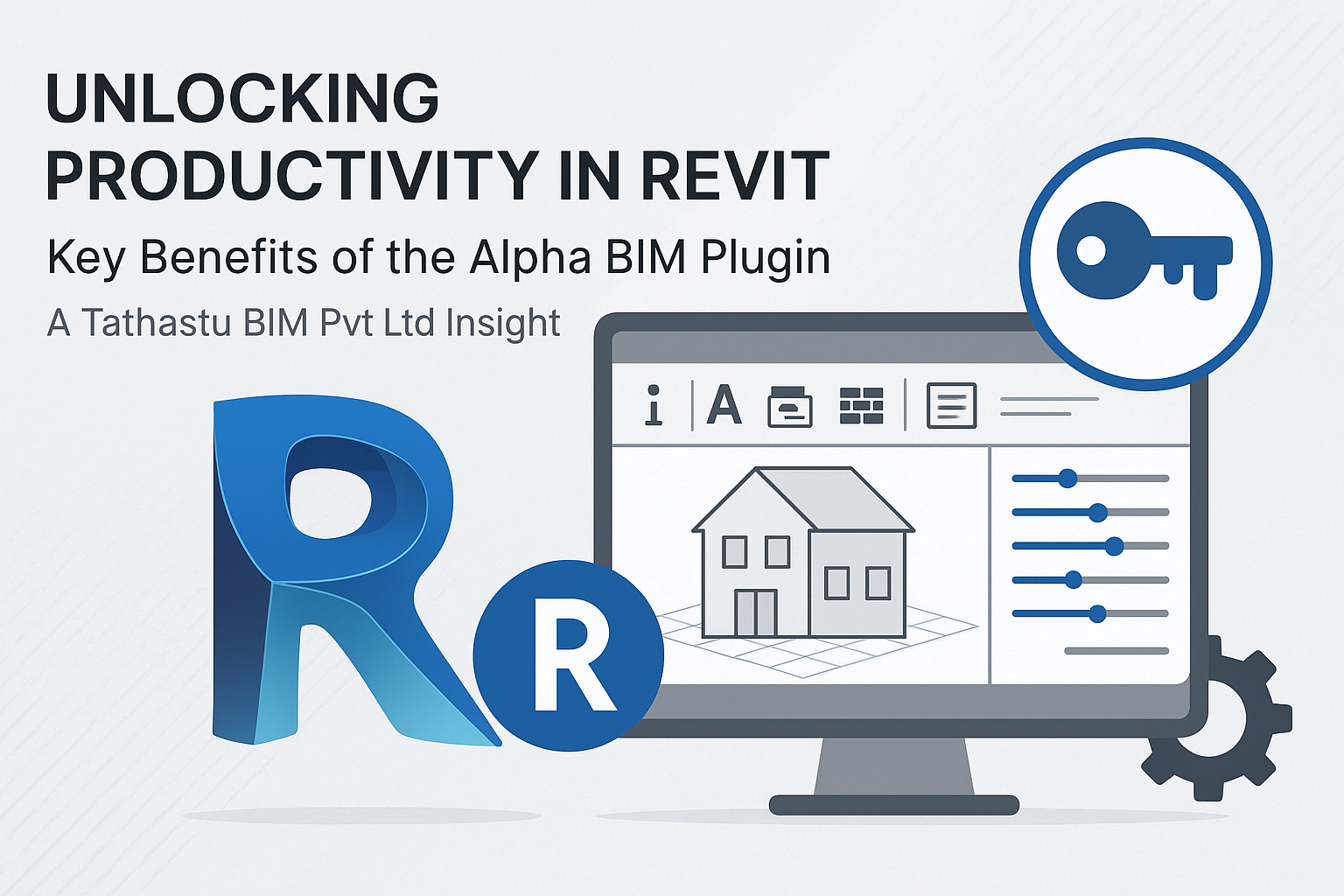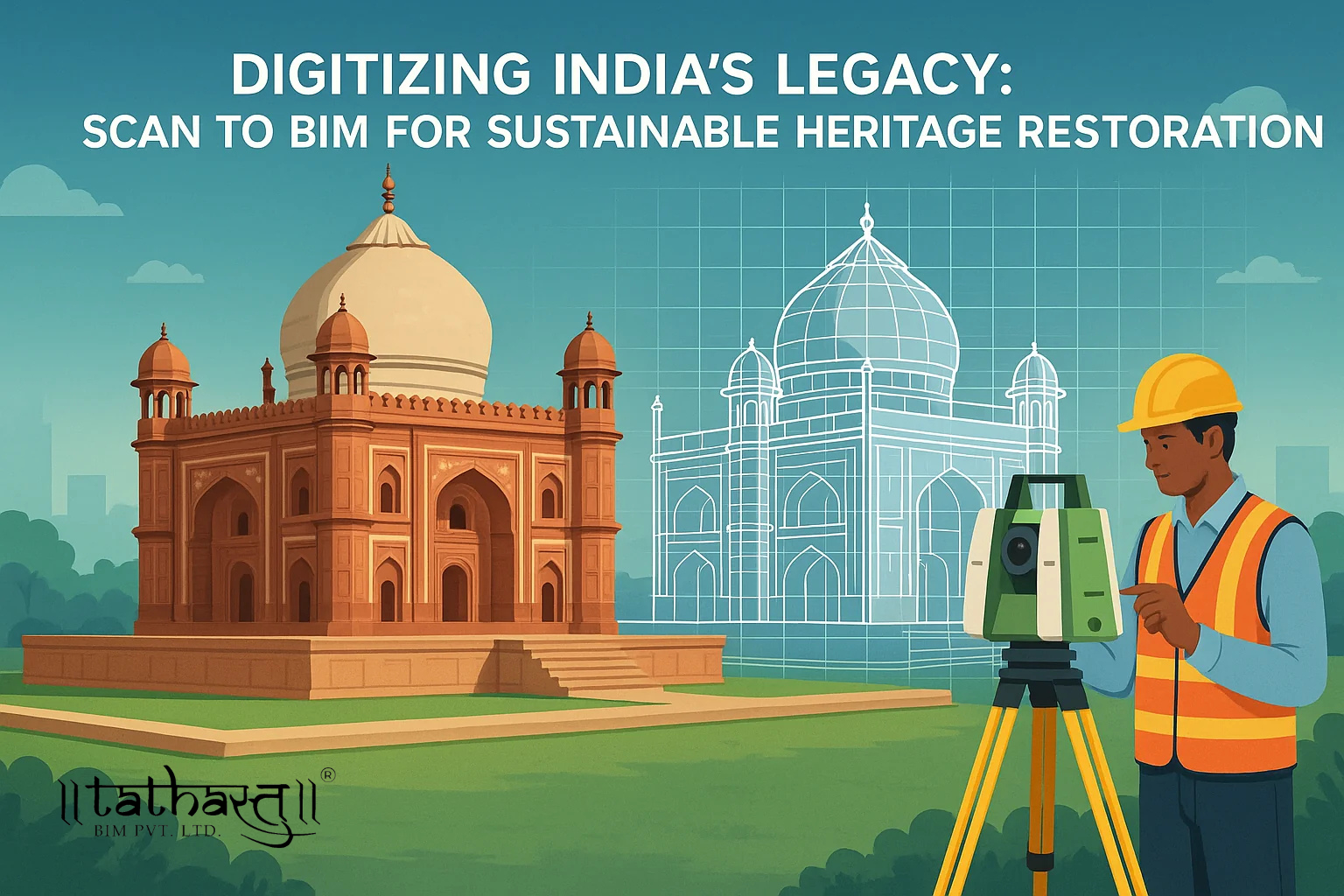


The Indian Market Revolution: Exploring the AEC Industry's Transformative Role
Welcome to a journey that uncovers the vibrant and dynamic world of India’s market revolution, where the AEC (Architecture, Engineering, and Construction) industry plays a transformative role. In this captivating blog post, we will delve into how this industry has navigated the uncharted waters of innovation, reshaping cities and landscapes across this diverse country. Brace yourself for an exhilarating exploration as we unveil the fascinating stories behind India’s economic growth and uncover the driving forces behind its unprecedented transformation. Are you ready to witness firsthand how tradition meets modernity in the Indian construction sector? Let’s embark on this immersive experience together!
Introduction: The AEC Industry and its Transformative Role in India’s Economic Development
The AEC industry has been playing a transformative role in India’s economic development. It has been instrumental in the country’s Infrastructure development, which is a key driver of economic growth. The industry has also contributed to the development of the real estate sector, which is one of the fastest growing sectors in India.
The AEC industry comprises of firms that provide engineering, procurement and construction services. The industry has been growing at a rapid pace in recent years, owing to the strong growth in the infrastructure and construction sector in India. The AEC industry is expected to grow at a CAGR of over 9% during FY 2018-2023.
The Indian economy is on the cusp of a massive transformation and the AEC industry is expected to play a key role in this process. With its vast experience and expertise, the industry is well-positioned to contribute significantly to India’s economic development.
Achieving Growth Through Innovative Technologies and Solutions
The AEC industry in India is rapidly evolving and becoming increasingly competitive. In order to stay ahead of the curve, companies must embrace innovative technologies and solutions that enable them to achieve growth.
One of the most innovative and effective technologies being used by AEC firms in India is Building Information Modeling (BIM). BIM has transformed the way projects are designed, constructed, and managed. It allows for greater coordination between all project stakeholders, resulting in more efficient project delivery. Additionally, BIM provides a more accurate portrayal of a project, which leads to improved decision making and cost savings.
Other cutting-edge solutions that are being adopted by leading AEC firms in India include drones, 3D printing, and virtual reality. Drones are being used for surveying and mapping purposes, as well as for inspecting construction sites. 3D printing is being used to create prototypes and mockups, as well as for producing actual building components. Virtual reality is providing architects and engineers with a new way to visualize projects and collaborate on design changes.
By leveraging these innovative technologies and solutions, AEC firms in India are able to boost their productivity, improve their quality of work, and gain a competitive edge in the market.
How the AEC Industry is Transforming India’s Market
In recent years, the AEC industry has been playing an increasingly transformative role in India’s construction market. Rapid economic growth and urbanization are fuelling demand for new infrastructure and driving up prices for land and construction materials. The AEC industry is responding to these challenges by adopting innovative technologies and approaches that are helping to accelerate project delivery, improve quality and safety, and reduce costs.
One of the most notable trends is the rise of Prefabricated Building Systems (PBS), which are being increasingly used to deliver high-quality buildings in a shorter timeframe. This is particularly beneficial in India where construction sites are often congested and labour costs are relatively high. PBS involves manufacturing building components off-site in a controlled environment, before delivering them to the site for assembly. This approach reduces on-site construction time by up to 50%, resulting in significant cost savings.
Another key trend is the use of Building Information Modelling (BIM). BIM is a digital technology that enables all stakeholders in a construction project to have a clear understanding of the building design, schedule, budget and materials required. This helps to avoid costly errors and delays, and ensures that everyone is working towards the same goal. BIM is already having a transformative impact on the Indian construction market, and is set to become even more important in the years ahead.
The AEC industry is also embracing sustainability initiatives such as green building design and LEED certification. In India, the demand for green buildings
Examples of Successful Projects by the Indian Infrastructure Sector
The Indian infrastructure sector has been a key driver of economic growth in recent years, with successful projects ranging from the development of new cities to the construction of highways and bridges. Here are some examples of successful infrastructure projects in India:
- The Delhi-Mumbai Expressway is one of the most successful highway projects in India, connecting the country’s two largest cities.
The Bandra-Worli Sea Link is another successful highway project, connecting Mumbai’s suburbs to the city center.
The Chennai Metro is a mass rapid transit system that has been lauded for its efficiency and connectivity.
The Kolkata Metropolitan Development Authority has successfully developed several new townships on the outskirts of Kolkata, providing much-needed housing and commercial space for the city’s growing population.
- The Bangalore International Airport is one of India’s busiest airports, and has been praised for its modern facilities and efficient operation.
Social Inclusion in Infrastructure Provisioning with Focus on Sustainability
India is the world’s second most populous country with more than 1.3 billion people, and it is projected to be the world’s most populous country by 2027. India is also one of the fastest-growing economies in the world, with an annual growth rate of 7.5% in 2016. The country’s infrastructure needs are vast and growing rapidly to keep pace with its economic growth. The Indian government has estimated that the country needs to invest US$1.5 trillion in infrastructure by 2025 to sustain its economic growth.
The Indian government has placed a strong emphasis on sustainable development goals in recent years, and this is reflected in its infrastructure policy. In 2015, the government released the National Infrastructure Vision 2030, which articulates a long-term vision for infrastructure development in India with a focus on sustainability. The document contains targets for reducing greenhouse gas emissions, increasing renewable energy use, improving energy efficiency, and promoting sustainable urbanisation.
One of the key tenets of sustainable development is social inclusion, which means ensuring that everyone has access to basic services and opportunities regardless of their social or economic status. Unfortunately, social exclusion is still a major problem in India. According to UNESCO, more than 60 million children in India do not have access to education, and almost 30% of the population lives below the poverty line.
The Indian government has recognises these challenges and has made social inclusion a priority in its infrastructure policy. For example, one of
What the Future Holds for Indian Markets?
The Indian construction market is forecast to grow at a compound annual rate of 7.2% between 2016 and 2021, driven by strong economic growth, an expanding population, and increased investment in infrastructure and housing. The AEC industry is expected to play a transformative role in this growth, as it has done in other emerging economies.
AEC firms are already active in India, with many multinationals having set up operations there in recent years. However, the industry faces significant challenges, including a lack of skilled labor, regulatory hurdles, and infrastructural constraints.
Despite these challenges, the future looks bright for the AEC industry in India. The government’s commitment to investing in infrastructure and housing, along with the country’s strong economic growth prospects, mean that there will be continued demand for AEC services. Firms that are able to overcome the challenges and capitalize on this opportunity will be well-positioned to prosper in the Indian construction market.
Conclusion
The Indian market revolution has been a key factor in the country’s development over the past decade. With an ever-increasing number of players, both domestic and international, the AEC industry has experienced tremendous growth and innovation that is likely to continue as India continues to develop its infrastructure and digital landscape. With these changes come new opportunities for businesses throughout India; ensuring that those companies are well prepared for this highly competitive market will be critical in order to capitalize on it. By taking advantage of all of the resources available — such as technology, education & training, research & development, and customer service — companies can take their operations to prices they never thought possible while delivering sustainable solutions at scale.
Popular Posts





